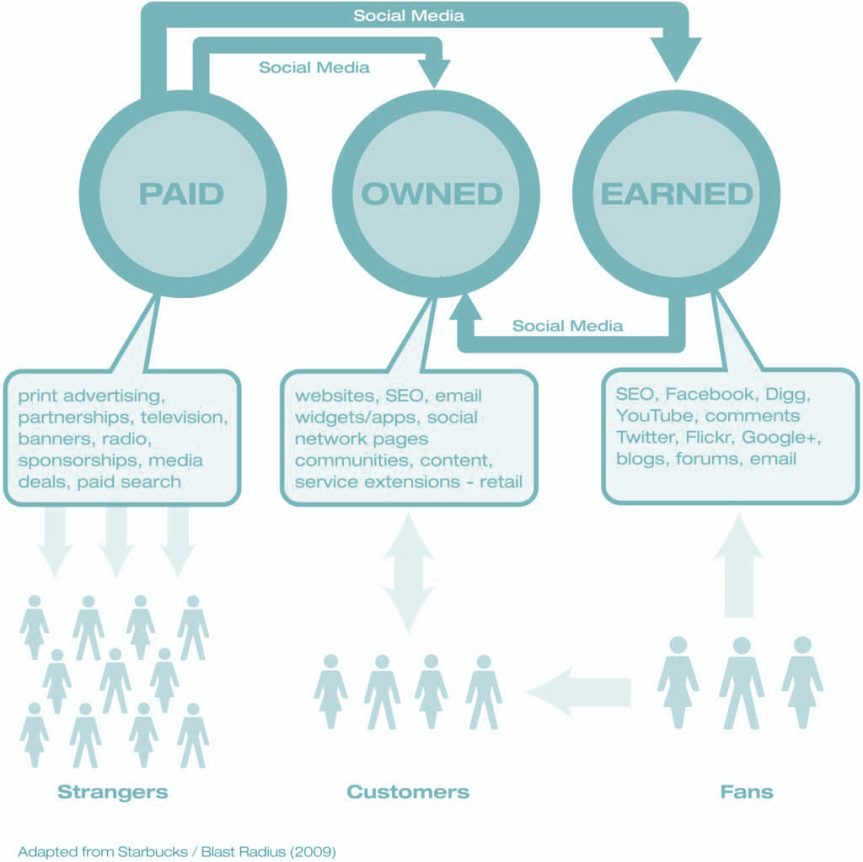The current programmatic media buying landscape is really just an extension of the traditional two-party system between advertisers and publishers. If you keep in mind what is being sold, who is selling it, and who is buying, it should become a little clearer.

What is the Difference Between DSPs and Ad Networks?
The acronym DSP stands for demand-side platform. It is a buyer’s side platform for advertisers, it allows advertising buyers to manage multiple ad exchange and data exchange accounts using one interface. An ad network works operates on the publisher side of the two-party system, connecting advertisers to publishers whose web pages match the ad space supply with advertiser demand.
Defining DSPs & Ad Networks
Demand-Side Platforms (DSP)
Demand-side Platforms are used by media buyers at agencies and brands to manage and purchase digital advertising inventory from multiple ad networks through one interface. DSPs allow advertisers to buy ad impressions across a range of publisher sites, but targeted to specific users based on data such as gender, age, location and browsing behavior.
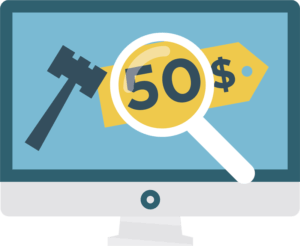 Using a single interface allows marketers to target a very narrowly defined audience segment at scale, without having to manage multiple ad networks or exchanges. The DSPs use the behavioral targeting data which is collected from cookies and data exchanges, to identify the audience segments. DSPs let the marketers choose audience characteristics and then publishes the ads depending on the target audience. The main advantage here is that marketers do not have to worry about picking the right websites to advertise on, as the DSPs can do the work for them.
Using a single interface allows marketers to target a very narrowly defined audience segment at scale, without having to manage multiple ad networks or exchanges. The DSPs use the behavioral targeting data which is collected from cookies and data exchanges, to identify the audience segments. DSPs let the marketers choose audience characteristics and then publishes the ads depending on the target audience. The main advantage here is that marketers do not have to worry about picking the right websites to advertise on, as the DSPs can do the work for them.
Benefits:
- Access to multiple inventory sources — they connect to several ad exchanges and SSPs and offer several channels
- Media buyer can choose which sites to buy on
- You can set the price at you think each individual impression is worth
- Added Data segments — use third-party or first-party audience data to enhance buy
Challenges:
- There are many different DSPs in the marketplace and you need to set up a contract with each one to have access to their platforms
- Steep learning curve — it takes time to master the nuances of buying on each platform, unless you work with a partner like Digilant
Ad Networks
An advertising network aggregates, categorizes and sells a range of publisher inventory in a way that can be easily understood and purchased by advertisers on a fixed CPM basis, connecting advertisers to websites that want to host advertisements. By aggregating inventory, Ad Networks offer advertisers the ability to better reach their target audience while allowing publishers to sell their inventory more effectively. There are many types of Ad Networks and they focus on delivering different objectives. Some focus on delivering reach and price while others focus on audience demographics and quality.
The 3 main types of ad networks
- Platform for buying audience segments and data
- Platform for buying media
- Platform for creative optimization
Media companies frequently use ad networks to sell their online display inventory. However, unlike DSPs, not all ad networks support real-time bidding. They will have to incorporate a DSP, in order to facilitate real-time bidding.
Benefits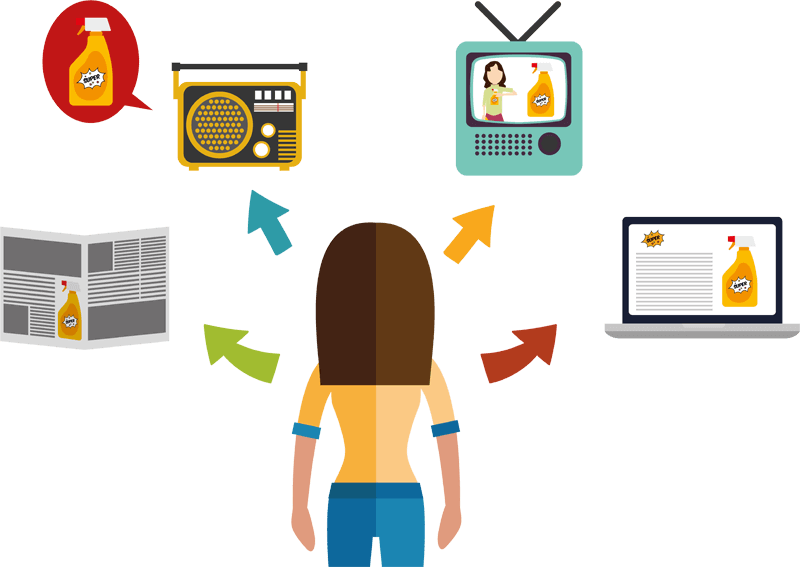
- Centralized source for inventory for media buyers and advertisers
- No need to buy from individual publisher sites
Limitations:
- Lack of transparency — site reporting often masked
- Fixed CPM — all impressions cost the same regardless of value
- No automation — you need to contract each buy with a separate IO
What’s the Takeaway?
Technology creates efficiencies between advertisers and publishers. A DSP enables media buyers to incorporate automation using machine learning into the media buying process, giving advertisers access to more sophisticated targeting tools, data and analytics to improve their advertising performance. DSPs consolidate purchasing needs in one platform. But in today’s world of data privacy regulations and walled gardens, most advertisers can’t afford to use only one DSP. Each DSP like Google, Facebook, Amazon, MediaMath, and others all offer their own unique audiences, data and targeting capabilities. Not only that but if there are buys or a platform goes down you don’t have options. You can’t be overly reliant on the infrastructure of one partner because if they decide to change something that has implications for your business you can’t afford the lag time that might cause.
That’s why Digilant partners with all of the best platforms, giving media buyers a holistic view of their ad buys across multiple DSPs so that advertisers can measure results and get value from their ad spend.
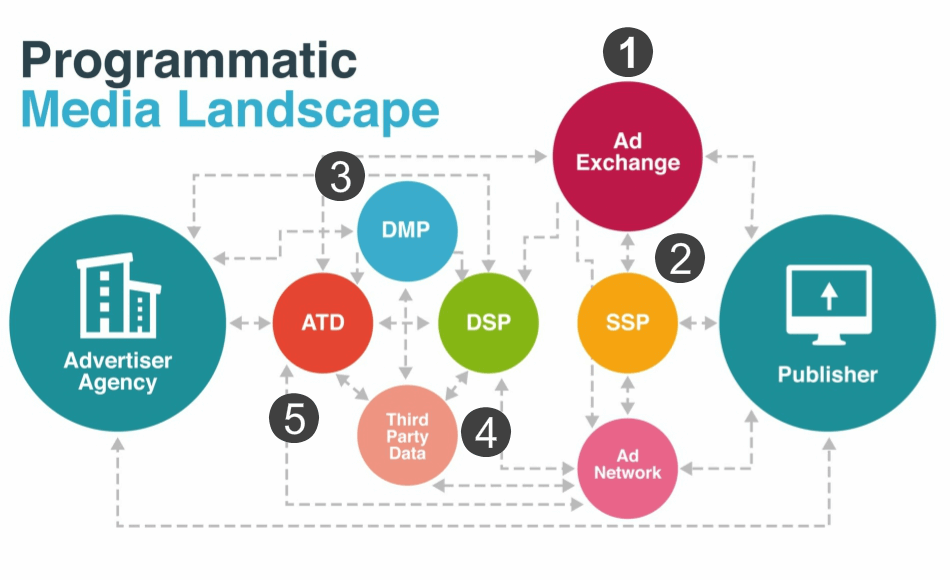

 With the rise of
With the rise of 
 Programmatic advertisers, marketers and publishers may be held accountable for non-compliance by third party data providers, which means all players in the ad tech ecosystem will become more reliant on one another. What this also means is that the ad-tech ecosystem will be a lot pickier with who we choose as partners and how many partners and publishers we all work with. Contracts will need to be revised to ensure compliance, and for publishers it will be an opportunity to gain leverage to demand transparency regarding the data used by any of their partners or platforms.
Programmatic advertisers, marketers and publishers may be held accountable for non-compliance by third party data providers, which means all players in the ad tech ecosystem will become more reliant on one another. What this also means is that the ad-tech ecosystem will be a lot pickier with who we choose as partners and how many partners and publishers we all work with. Contracts will need to be revised to ensure compliance, and for publishers it will be an opportunity to gain leverage to demand transparency regarding the data used by any of their partners or platforms.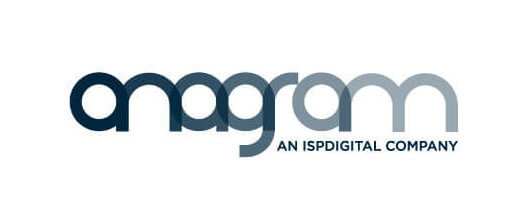
 Jenna Umbrianna Gino brings a wealth of experience from all facets of the industry to Anagram, having worked at both globally recognized brands and large advertising agencies. Active at the intersection of marketing and technology for a decade, she’s one of only a handful of industry executives who have managed the design, launch and operation of two successful programmatic trading desks — first at Hill Holliday, a unit of IPG, and then at Affiperf, a division of Havas. Both IPG and Havas are among the leading five advertising agencies in the world.
Jenna Umbrianna Gino brings a wealth of experience from all facets of the industry to Anagram, having worked at both globally recognized brands and large advertising agencies. Active at the intersection of marketing and technology for a decade, she’s one of only a handful of industry executives who have managed the design, launch and operation of two successful programmatic trading desks — first at Hill Holliday, a unit of IPG, and then at Affiperf, a division of Havas. Both IPG and Havas are among the leading five advertising agencies in the world.
 The world of digital advertising and programmatic advertising has developed its own language in the last couple of years, full of terms that are commonly heard and used everywhere but mean something very specific when attached to the word advertising. Most recently it’s almost impossible to read an article or even talk about media buying without bringing up the terms Artificial Intelligence (AI) or Machine Learning. The terms AI and machine learning are often used interchangeably but they are different. What is the difference between the two and what should they mean to us or me as a marketer or CMO?
The world of digital advertising and programmatic advertising has developed its own language in the last couple of years, full of terms that are commonly heard and used everywhere but mean something very specific when attached to the word advertising. Most recently it’s almost impossible to read an article or even talk about media buying without bringing up the terms Artificial Intelligence (AI) or Machine Learning. The terms AI and machine learning are often used interchangeably but they are different. What is the difference between the two and what should they mean to us or me as a marketer or CMO? Artificial intelligence is the concept of reproducing human intelligence in machines so they can execute on activities that normally would require a human brain to be involved in, such as making data-based decisions. By using AI-powered systems brands and advertisers case save money and time by completing tasks faster than us mere humans and make less mistakes. When you apply this to the programmatic media buying industry, you bring efficiency to the media buying process, freeing people who’s job it is buy media from the more tedious and allowing them to focus on the strategic and creative elements of their jobs.
Artificial intelligence is the concept of reproducing human intelligence in machines so they can execute on activities that normally would require a human brain to be involved in, such as making data-based decisions. By using AI-powered systems brands and advertisers case save money and time by completing tasks faster than us mere humans and make less mistakes. When you apply this to the programmatic media buying industry, you bring efficiency to the media buying process, freeing people who’s job it is buy media from the more tedious and allowing them to focus on the strategic and creative elements of their jobs.
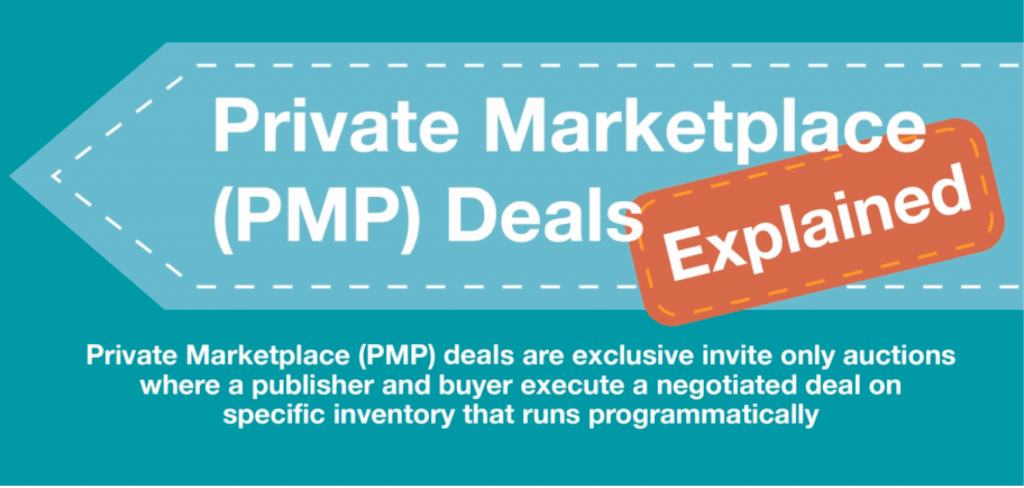

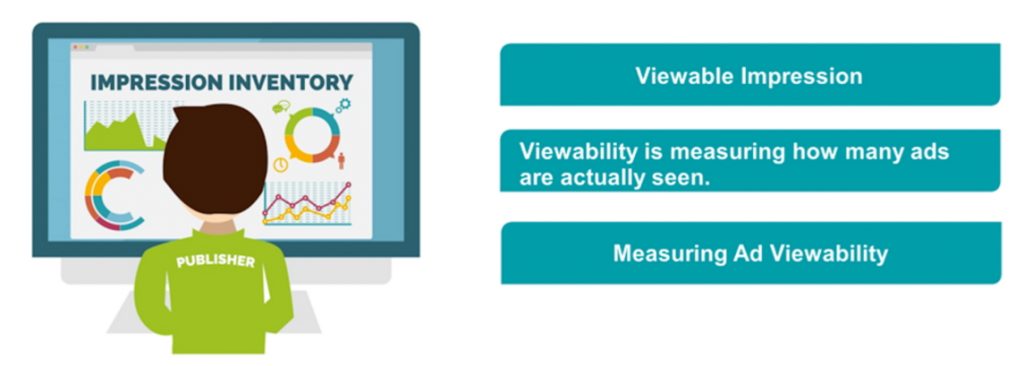
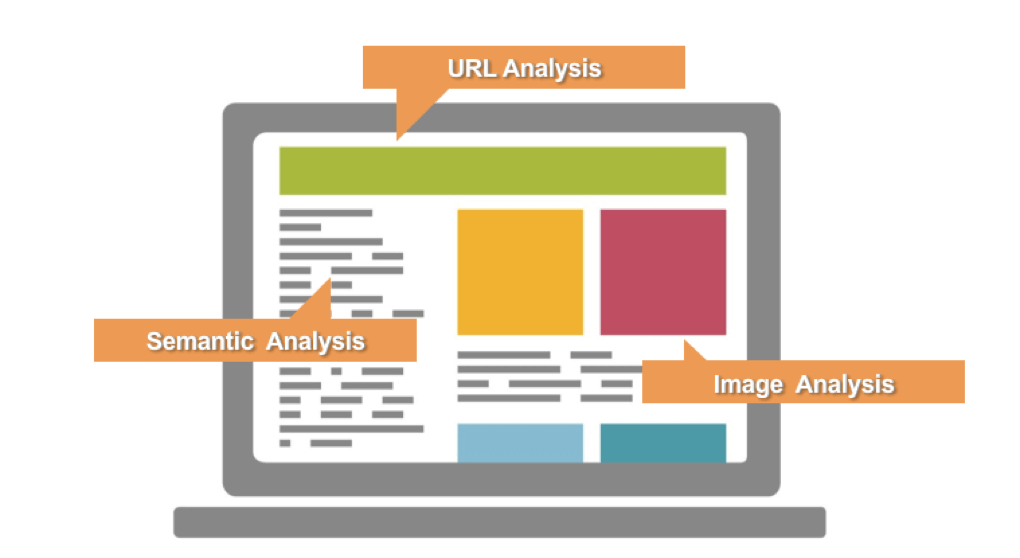
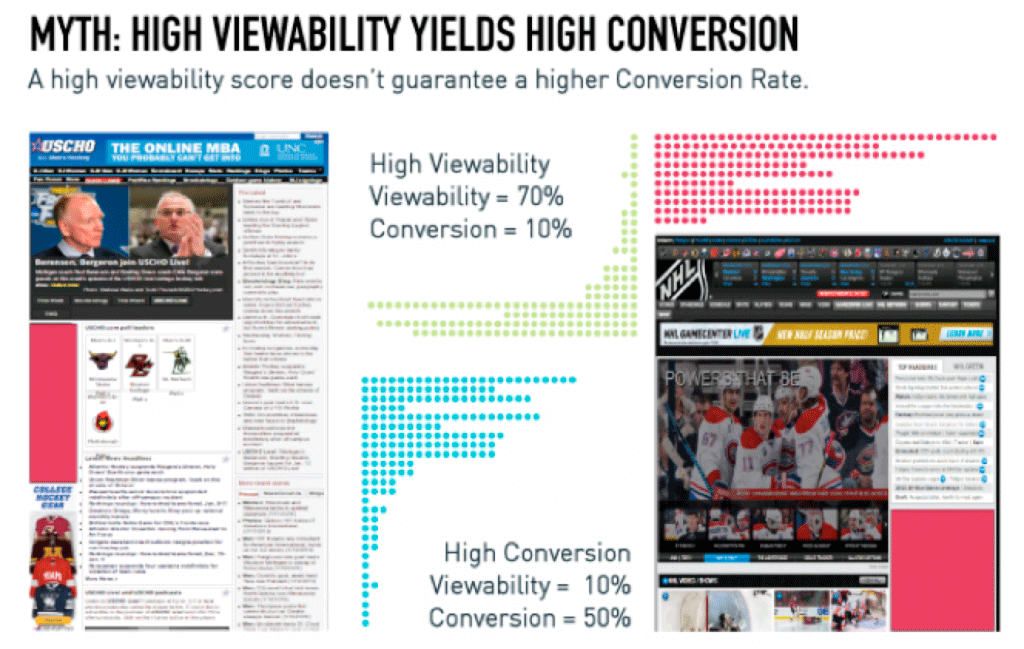

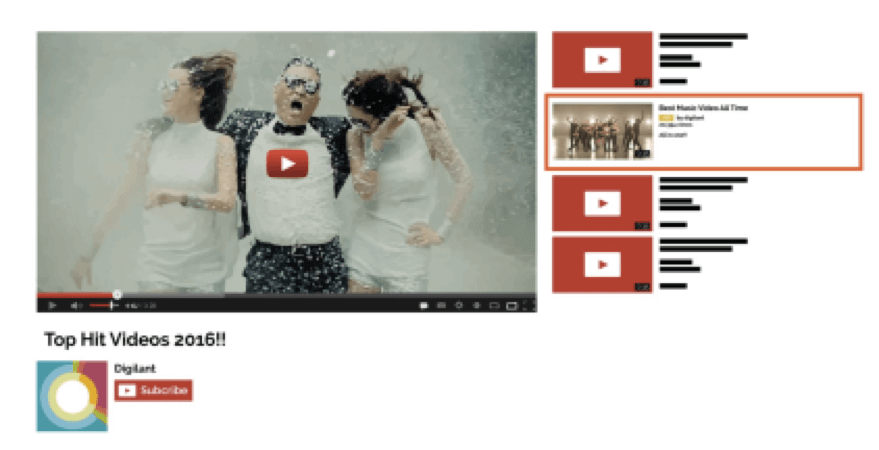


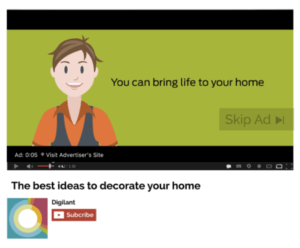
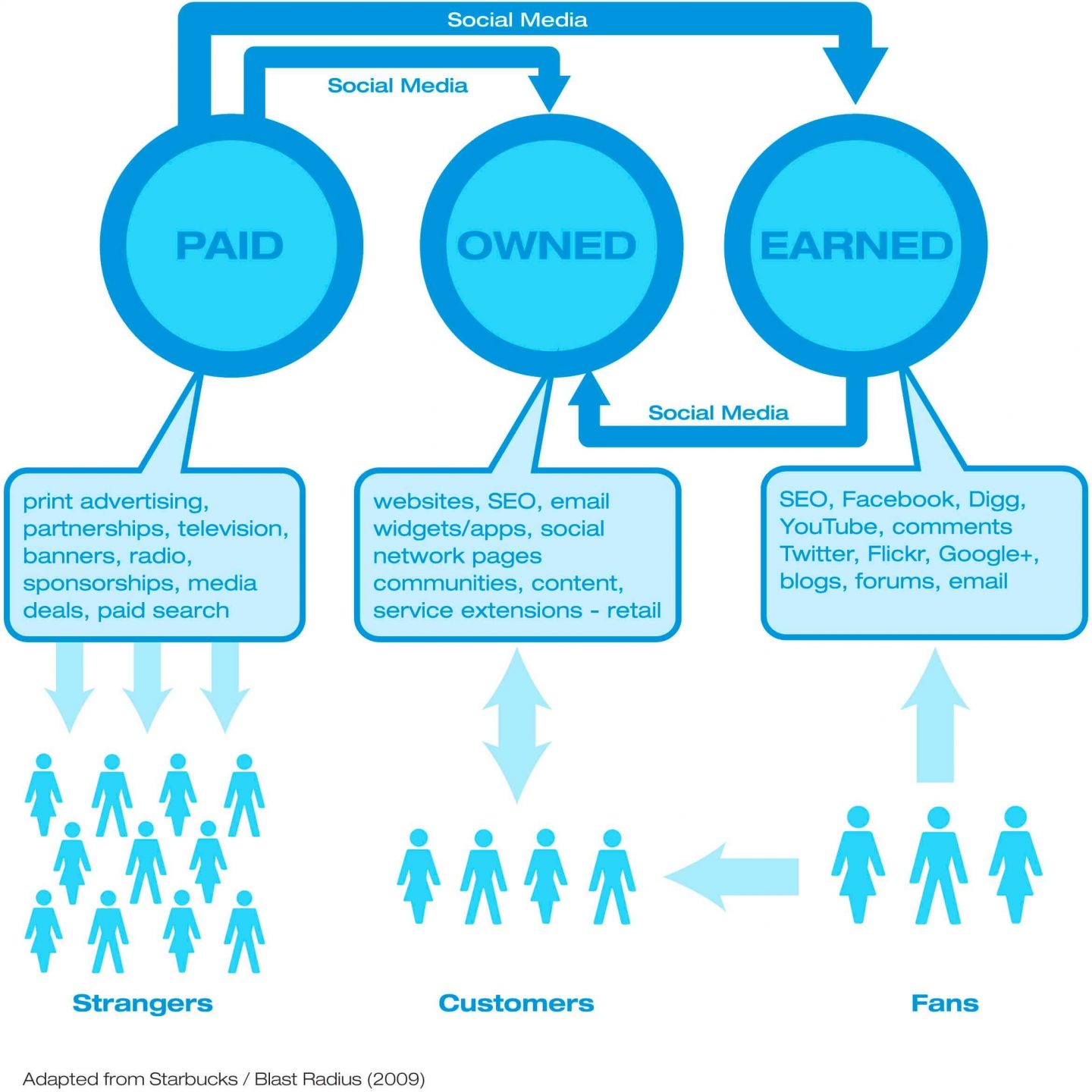
 While it is true that all brands aim at varied objectives and want to solve different issues, you must learn to prioritize. The important thing is to maintain a hierarchy of objectives. If you have limited resources, as is often the case, it is essential to focus efforts on the main objective, and spare no effort in trying to resolve other less relevant issues.
While it is true that all brands aim at varied objectives and want to solve different issues, you must learn to prioritize. The important thing is to maintain a hierarchy of objectives. If you have limited resources, as is often the case, it is essential to focus efforts on the main objective, and spare no effort in trying to resolve other less relevant issues.
